
20 Jan 2026 - 15 Feb 2026 • s t a r c h
Bodies, archives, and alternate realities

20 Jan 2026 - 15 Feb 2026 • s t a r c h
Bodies, archives, and alternate realities
Show dates, venue, synopsis, opening hours, and featured artists.
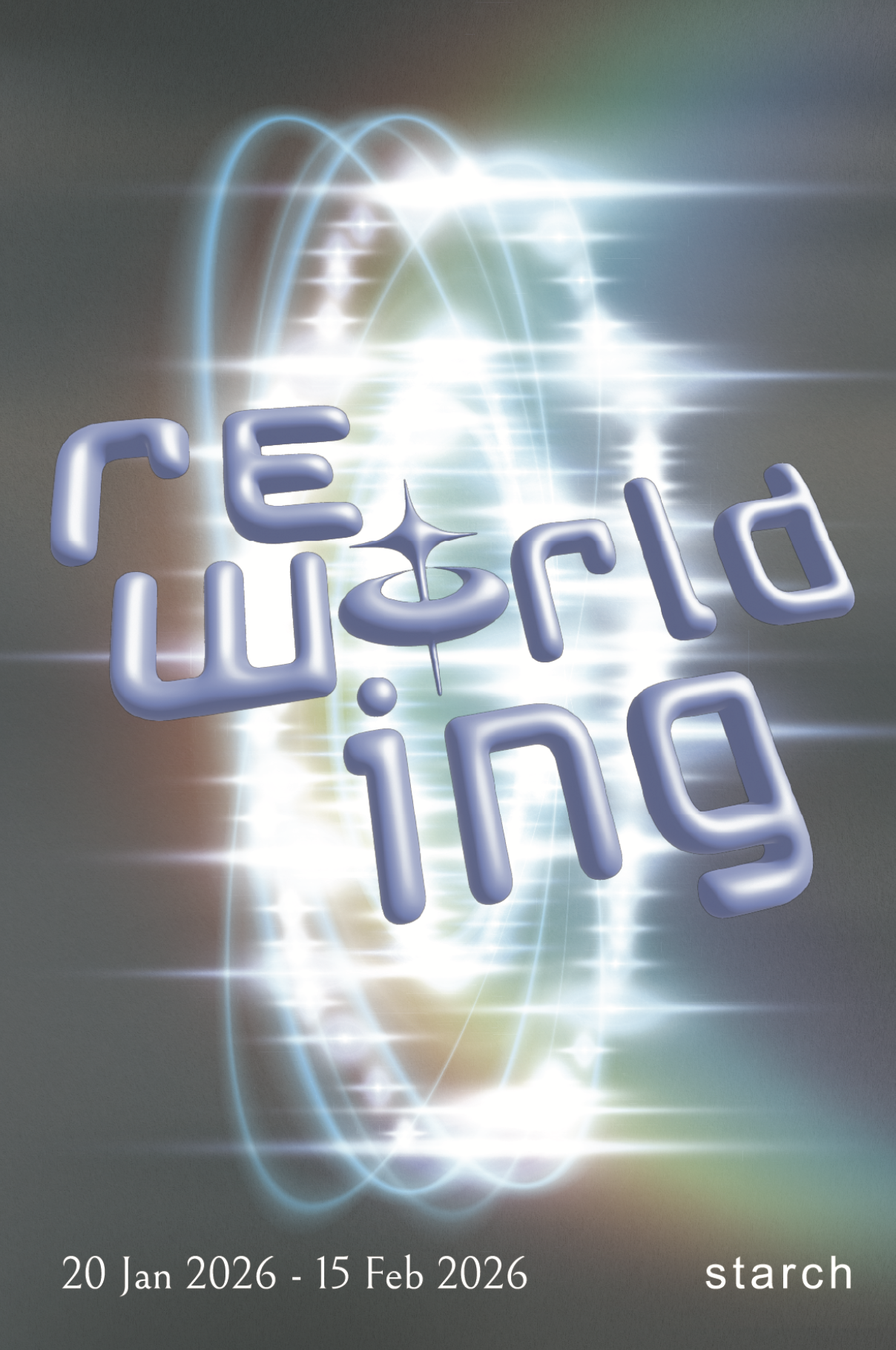
Reworlding is an artist-led exhibition of new works by contemporary artists from Asia, curated by Debbie Ding. Each artist responds to early virtual reality works from the 1990s to early 2000s, revisiting a moment and digital space filled with utopian promise.
Reviving the experimental ethos of that era, Reworlding is an invitation to imagine virtual space through artistic perspectives, where virtuality is not an escapist fantasy but a tool for rewriting histories, disrupting dominant narratives and constructing alternative futures.
20 Jan – 15 Feb 2026
Venue
s t a r c h
81 Tagore Lane
Tag A Building
#02-11
Singapore 787502
(Google Maps)
www.starch.sg

Six artists from Singapore, Hong Kong, China, and South Korea.
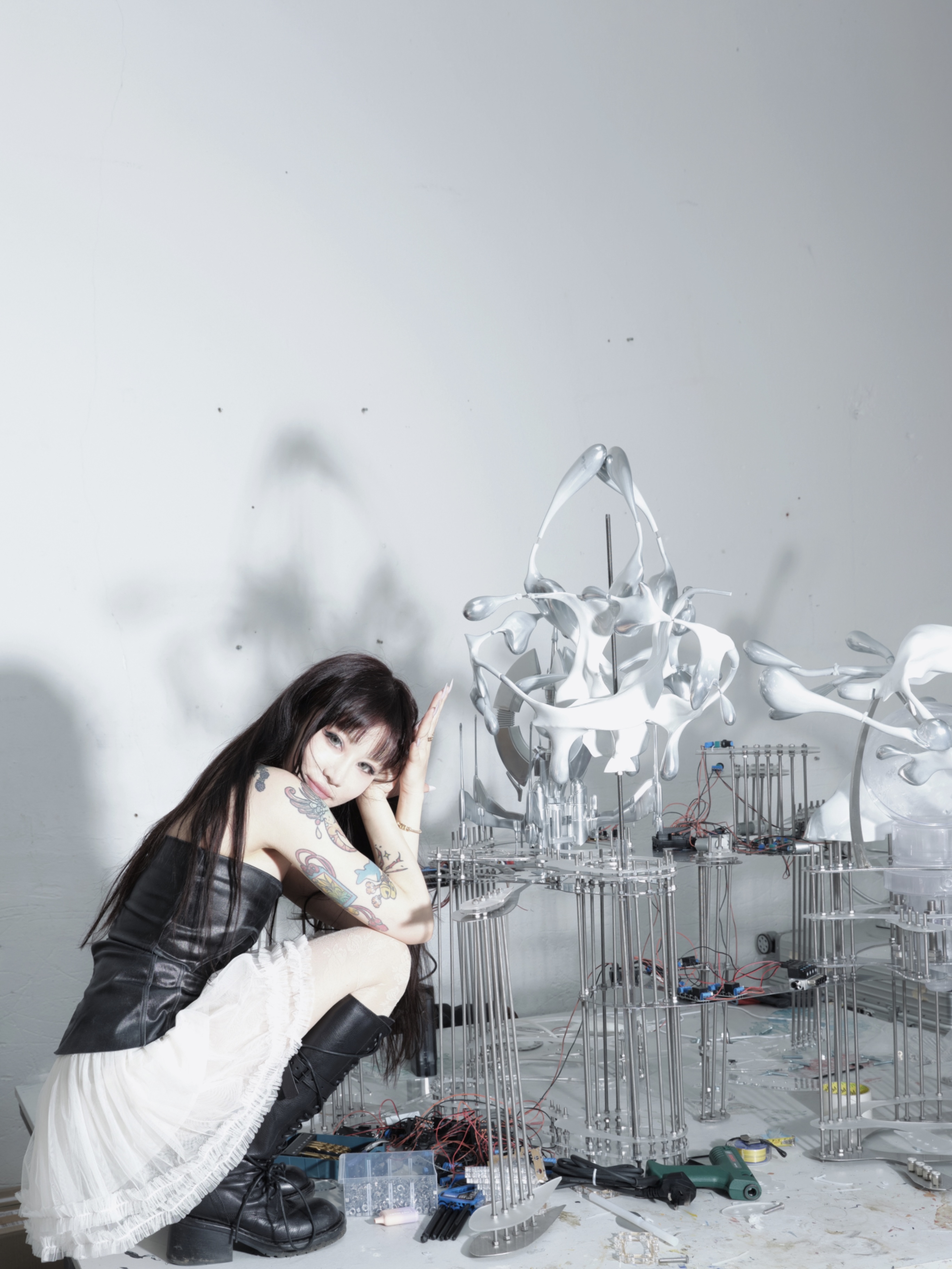
00 Zhang is a Chinese-born London-based emerging artist who is gaining a reputation with her innovative explorations of a sensibility she terms ‘a double-sided exile’ – entwined feelings of dislocation and connection. Thematically, her practice investigates the potential of a new form of collective imagination to transcend the borders of national identity, gender, and religion. Her multifaceted practice, which includes numerous collaborators, spans sculpture, installation, CGI animation, and interactive digital game environments.
Zhang blends embodiment with complex cybernetic concepts, depicting the integration of agents and their environments through elaborate narratives. Exploring the integration of the real world and the virtual, she constructs imaginary worlds that occupy real space – immersive environments that engage viewers and transport them between corporeality and the virtual realm.
Zhang graduated in 2020 from Central Saint Martins, London, and has exhibited at SPLIT, London (2024); Zabludowicz Collection, London (2023); GIANT, Bournemouth (2023); Broadway Gallery, Nottingham (2022); 789 Nanjing West Road, Shanghai (2022); Thetis S.p.A. Castello, Venice (2022), and Shanghai Coutts Art Center, Shanghai (2021). She currently has a newly commissioned work in the exhibition X Virtual Gathering: Honey at the X Museum, Beijing (2024).
%20-%20Pat%20Flyingpig1x1.png)
Shan Wong (Flyingpig) is an artist-researcher exploring human-urban dynamics within capitalist transformations across physical and digital spaces. Her latest initiative, Foreseen Property Agency, employs speculative fieldwork and co-creation to examine the property presale market. As director of SATA (Society Art Technology Asia), an artist-led platform, she investigates the intersection of art, technology, and society in Asia. Additionally, as part of the artist duo Foreseen Agency with Kachi Chan, she explores art-technology narratives. Their project Hello World Home, developed during a 2024 residency at the National Asia Culture Centre in Gwangju, examines digital capitalism in Korea and continues to explore the project during their artist residency at Diriyah Art Futures in Saudi Arabia. She is currently an assistant professor at Hong Kong Baptist University’s Academy of Visual Arts.
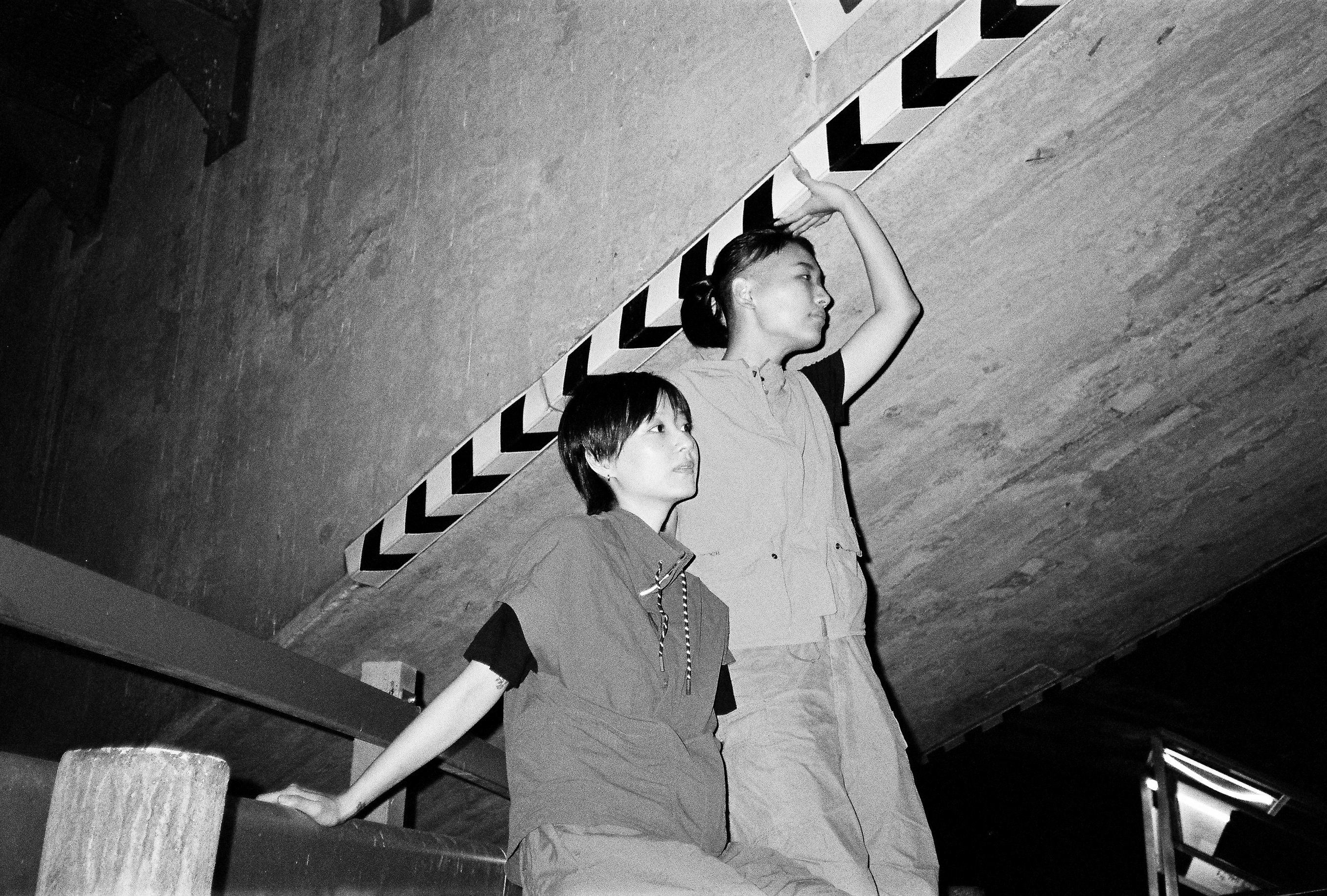
Line of Piers is an artist collective founded in 2023 by the media artist Sanghee and narrative designer Seonghun. They have collaborated on the interactive VR works Oneroom-Babel, Worlding···, and the conversational game Bugs of Nostalgia. All three works explored spaces that are inscribed with shared emotions and stories.
Line of Piers was formed to expand their research on the physical sensation of space and the spatialisation of the body. They also seek to actively reference subcultures that accelerate the imagination of interactivity. In addition to exhibiting interactive works, they keep questioning which parts of our bodies and senses are stimulated as exhibitions are created.
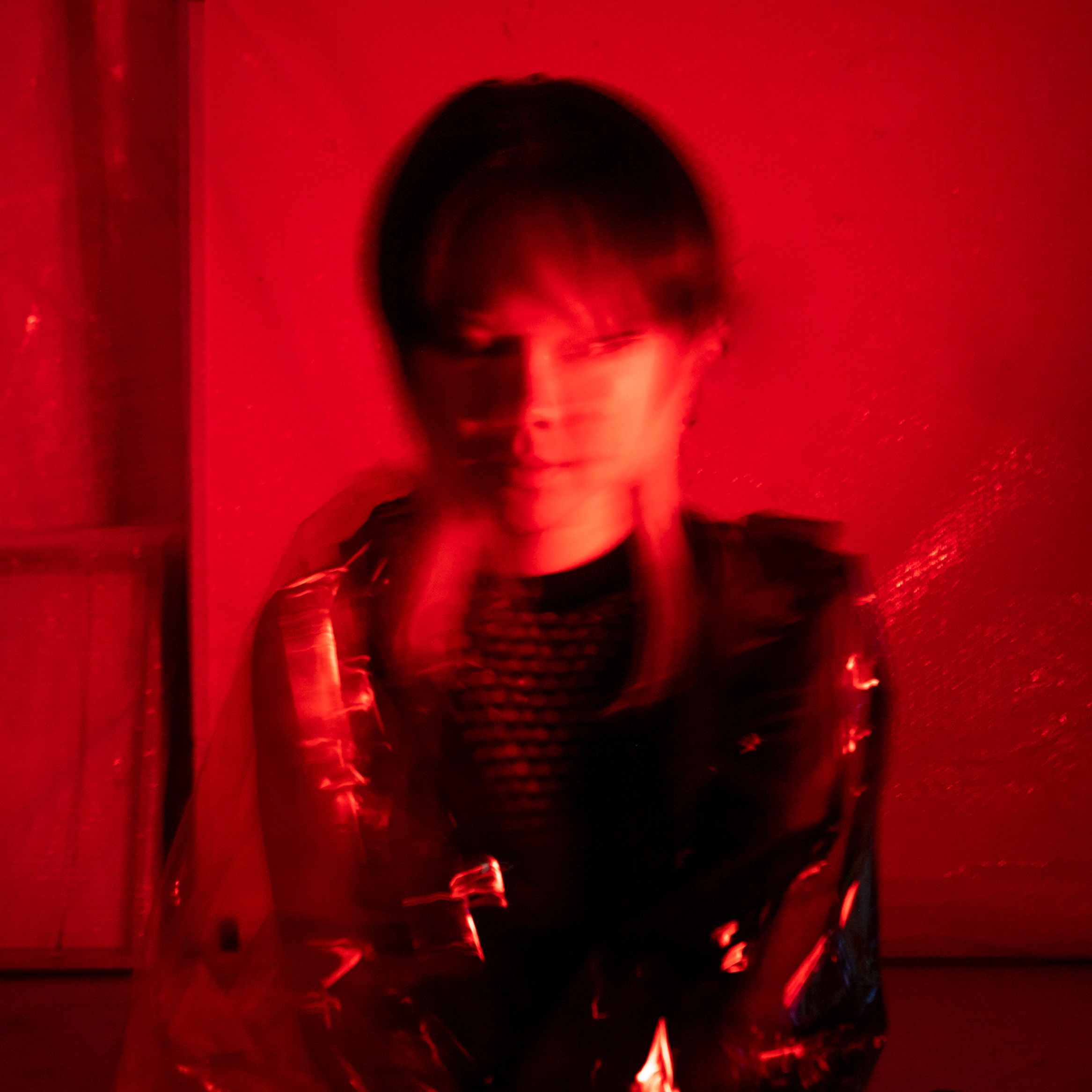
Jo Ho is a media artist working with digital installations and generative systems to examine how technologies shape and often distort our understanding of the body, memory, and meaning. Her practice centers on the concept of digital corporeality, treating the digital not as immaterial but as deeply embedded in systems of flesh, code, and material. Through speculative image-making, she works with fragmentation, reassembly, and visual ambiguity to reflect on how meaning is abstracted and reshaped in increasingly automated environments.
Jo Ho teaches creative coding at the University of the Arts Singapore and Nanyang Technological University, and has a background in Architecture and a Master’s degree in New Media Design.

Priyageetha Dia is a Singaporean artist working with time-based media and installation. Her practice braids Southeast Asian labour histories, speculations of the tropics, and ancestral memory meeting machine logics. Through archival and field research, she explores nonlinear forms and practices of refusal against dominant narratives. She is currently pursuing a Master’s at the Royal Academy of Art (KABK) in The Hague, Netherlands. Her recent projects have been exhibited at the 4th Bangkok Art Biennale (2024); Manifesta 15, Barcelona (2024); 60th La Biennale di Venezia, Venice (2024) and Diriyah Biennale, Saudi Arabia (2024).
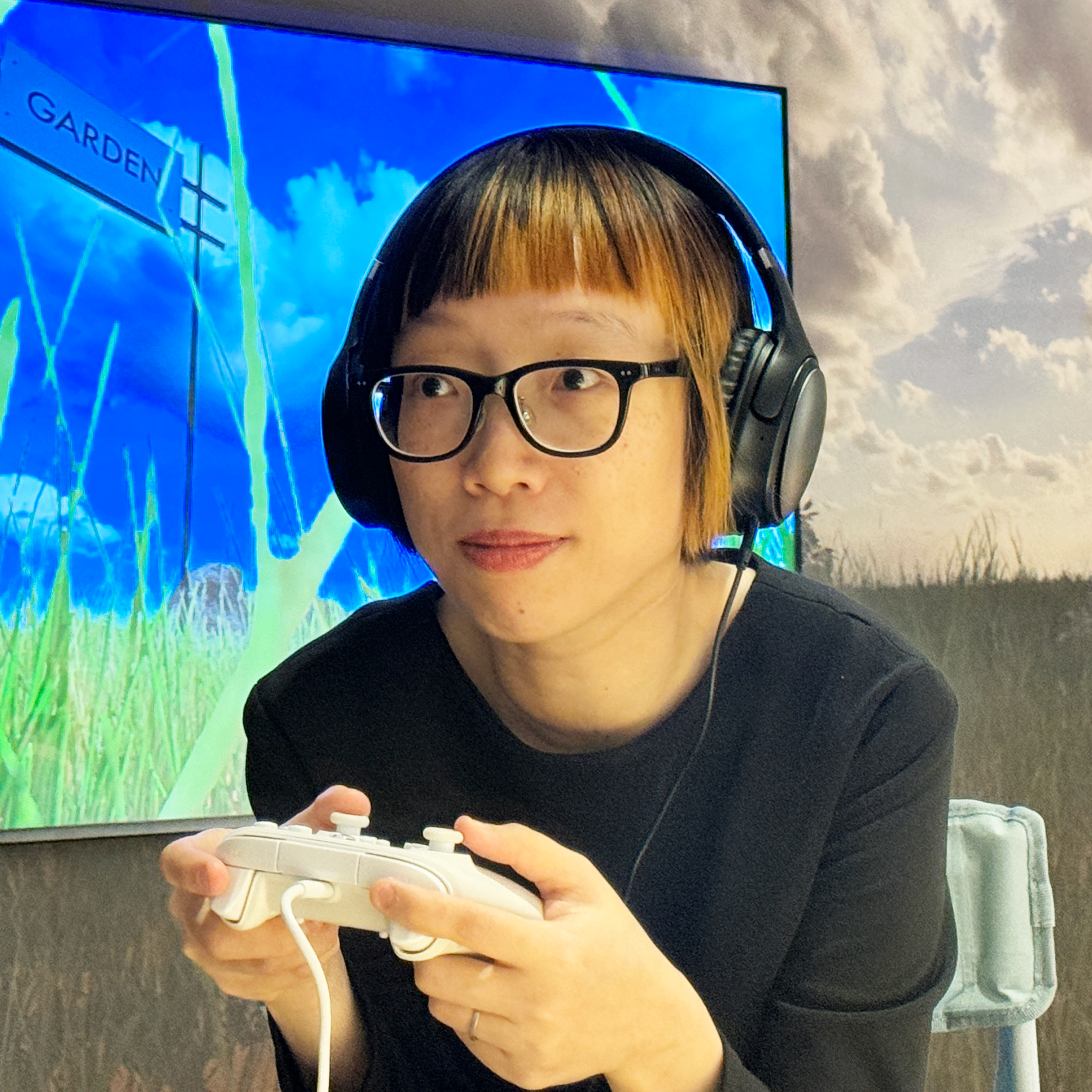
Debbie Ding is an artist-scholar working across the intersection of artistic research, technology and game studies – with professional experience as design educator, interaction designer, and game designer-developer. She is recognised for her artistic work with virtual reality, game design, data visualisation, and digital mapping as a contemporary artist and was certified as Unity Associate Game Developer in 2020. Her work was shortlisted for the President’s Young Talents 2018 and Impart Art Awards 2020 and is collected by the Australian War Memorial and Singapore Art Museum. Notable exhibitions include Ars Electronica, “Radical Gaming” at HeK Basel, “Worldbuilding” at Julia Stoschek Foundation Dusseldorf, “Wikicliki” at Singapore Art Museum, “Radio Malaya” at NUS Museum, “Construction in Every Corner” at NTU Museum, Kochi Biennale, and the Singapore Biennale. Scholarships include the NTU Research Scholarship and NAC Postgraduate Scholarship (Visual Art), and funded residencies with Australian War Memorial (Canberra), Dena Foundation (Paris), and Goethe-Institut Singapore. Her ongoing practice-based PhD research explores psychogeography in virtual worlds, and games in contemporary art practice.
Click a work to open a floating window with a longer description. All are works in progress.
Screen, silver-plated resin, translucent PLA, 304 stainless steel, 316 stainless steel, integrated AI systems, motor
This experimental installation encodes human DNA data into the logic of printed circuit boards (PCBs). Each PCB functions as a micro-organism of code, carrying both its hardware architecture and an imprinted fragment of human DNA sequence. It reimagines the body as a living programming language, where its genetic code – approximately 53 to 58 MB of data – becomes executable logic within machinic systems.
RollerCoaster Tycoon – my first game, a disc-bound offline world – let me play god from above. No internet, no crowd: just me, designing loops and paths for oblivious NPCs in a sealed digital Eden.
This project dives back into the myth of offline play. In an age of endless online tribes, what magic awakens when we unplug? How does solitude sharpen imagination, and why does quiet control feel so powerful?
Here, the player isn’t a rider but the unseen architect – distant yet absolute – shaping every fate inside a closed ecosystem. We revisit that paradox: enclosure as freedom, detachment as intimacy, and the solo planner as prototype for reimagining agency in virtual and urban life.
Bishoujo does not incarnate explores how the body representation of 3D modeling-based Bishoujo (pretty girl in anime and manga) avatars embodies a gendered fantasy about social intimacy and a removable body. This interactive real-time simulation follows the story of the Bishoujo character TEE in a desolate VR chat world abandoned by its users, where players interact with the physical interface corresponding with Bishoujo’s weightless organs.
This project adopts the point-and-click and rhythm game to create a retrospective and subcultural atmosphere. In-game conversations between TEE and its identical twins revolve around the materiality of 3D modeling and the historicity of the Bishoujo icon.
‘Wearing’ 3D bishoujo modeling has become one of the most popular self-expressions in the VR chat community, where community members have cultivated subcultural body expressions using diverse technical practices. Bishoujo's character serves as a ‘cute’ detour that temporarily allows its users to wriggle out of the oppressive gender roles and explore alternative self-images. Moreover, it functions as a social facial mask, a baby schema strategically encouraging to mediate intimate relationships and friendships that were supposed to be unavailable in the ‘real’ world and ‘real’ body.
This project focuses on the irony of this virtual body, sometimes described as ‘ideal’ alternatives. 3D modeling created for its sole external presentation in the game engine usually conceals its inner empty spaces, which displays itself only when a bug occurs. TEE’s journey through virtual ruins develops a metaphoric link between the external, wearable, cute surface and the inner concealed vacuum where the ‘real’ resides. By addressing the 3D modeling’s inside voidness visually and interactively, this project leads the players to reenact the vestige of intimate role-playing and contemplate the inverted wish for the removable flesh.
See more: Interview with Line of Piers
This work is part of an ongoing inquiry into technotheologies of governance and the erotic infrastructure of apocalypse, where the end of the world becomes a fantasy of renewal and control. Through a generative speech synthesized voice speaking in recursive loops, the piece explores how the empire performs itself through calm prophecy. The voice does not articulate resistance to the end, but participates in its ongoing administration, embodying the mechanisms through which crisis is operationalised as continuity.
DetailsFlesh Drive is a video installation that stages the body as both interface and theatre. Drawing inspiration from Diane Gromala’s Dancing with the Virtual Dervish (1993), which considers the virtual body as an immersive architecture to be inhabited, Flesh Drive examines the alienation and re-embodiment of one’s corporeality through digital mediation.
A suspended, flesh-toned latex screen embedded with wires mimics the vascular surface of a living organ. The ends of these wires are flash drives, linked through the screen, and to a projector hung from the ceiling, transmitting video onto the screen. The moving image alternates between two perspectives: a journey through a virtual digestive tract and a POV of a digital avatar streaming a mukbang before a virtual mirror. The viewer, occupying the avatar’s eyes and skin, becomes both viewer and participant in its consumption.
Binaural audio contrasts the crisp seductions of ASMR crunches with grotesque, unfiltered chewing, amplifying the tension between pleasure and repulsion. Flesh Drive reflects on the compulsive habits of digital overconsumption, on social voyeurism, and the vicarious pleasure of watching others consume past one’s own limits. It asks what it means to experience the fragile threshold where one becomes both consumer and consumed.
Wireless Widows is an interactive duet for two players attempting to complete a ritual of connection. Unfortunately, they no longer fully control their own avatars. Every movement they make is tangled with the other person’s body. Left is right, front is back, and nobody is quite sure whose hand that is. The work speculates on what the body might feel like when artificial systems like AI, algorithms, or just really bad wifi get in the way. Your goal: to reach the other player and complete the ritual by touching hands. Wireless Widows considers an everyday scenario that is almost with us now: What if AI didn’t take over the world, but helped you badly? Like a ghost in the autocorrect, trying to be helpful but instead confusing the scenario. Against all odds, the humans keep trying to connect.
Instagram, Mailing List, and Email us.